As we delve into the annals of aviation history, few stories are as fascinating as that of supersonic flights and their poster child, the Concorde. Lauded as a marvel of modern engineering, the Concorde transcended the realm of commercial airlines, providing an unmatched experience for its passengers. Yet, its journey was not without turbulence. Let's embark on an exploration of the rise and fall of the Concorde, a story intricately woven into the fabric of both flights and airline's history.
Setting the Stage: The Dawn of Supersonic Flights
In the mid-20th century, with the technological leaps witnessed during World War II, the concept of supersonic flight began to emerge as a tantalizing possibility. Commercial airlines were intrigued by the idea of transporting passengers at speeds beyond the sound barrier. After all, supersonic jets promised to halve flight times, offering an exciting frontier for international travel.
The Concorde, the first and most famous supersonic passenger airliner, was a product of this curiosity and ambition. Born out of a collaboration between the British Aircraft Corporation and France's Aérospatiale under a treaty signed by the two governments, the Concorde was a truly groundbreaking feat of engineering.
The Concorde: A Leap Forward for Flights and Airlines
Unveiled to the public in 1967, the Concorde was unlike any other aircraft in the airline industry. With its sleek, futuristic design and droop-nose configuration, it captured the world's attention. But the Concorde was more than just an aesthetic marvel. Capable of cruising at over twice the speed of sound, it promised to revolutionize long-haul flights.
When the Concorde took its maiden flight in 1969, it symbolized the dawn of a new era. Airlines soon started scheduling transatlantic flights that could ferry passengers from London to New York in under three hours - less than half the time taken by conventional aircraft. The Concorde became synonymous with luxury and exclusivity, catering to affluent passengers and high-profile celebrities who were willing to pay a premium for the unique experience.
Challenges and the Beginning of the End
However, as with any pioneering technology, the Concorde had its share of challenges. Its sonic boom, the noise generated when it broke the sound barrier, was so loud that supersonic flights over land were banned in many countries. This significantly limited the routes airlines could offer, relegating the Concorde mostly to transatlantic journeys.
Fuel efficiency was another issue. The Concorde's gas-guzzling engines were not economical, making tickets prohibitively expensive for most travelers and putting a financial strain on airlines operating these flights.
The tragic crash of Air France flight 4590 in 2000 was a devastating blow to the Concorde's reputation. Safety concerns emerged, and coupled with the existing operational challenges and shrinking demand, the fate of the Concorde was effectively sealed.
The Final Flight
In 2003, after a series of retirement announcements by airlines, the Concorde made its final commercial flight. Despite its initial promise, the economic realities had caught up, and the age of supersonic commercial flights had come to an end.
The Concorde, however, continues to be a symbol of ambition and innovation in the aviation industry. While its journey is a testament to the challenges of introducing groundbreaking technologies, it also serves as a reminder of the strides we can make when flights and airlines push the boundaries of what's possible. Today, as discussions around the return of supersonic travel resurface, the story of the Concorde continues to provide valuable lessons for the next chapter of aviation history.
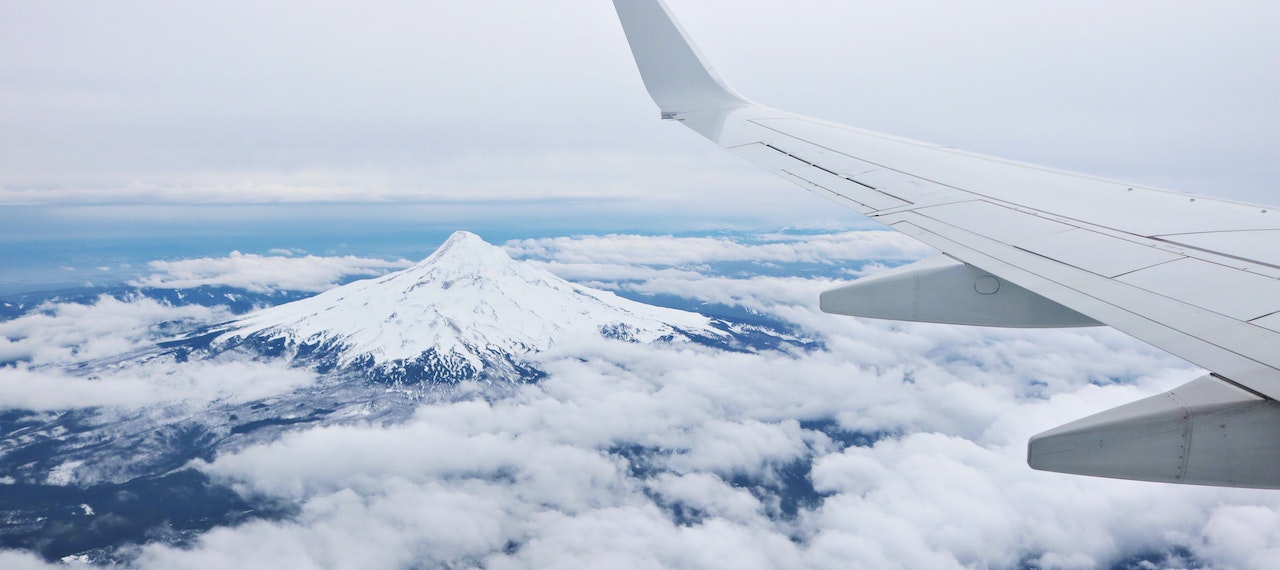
.png)
.jpg)
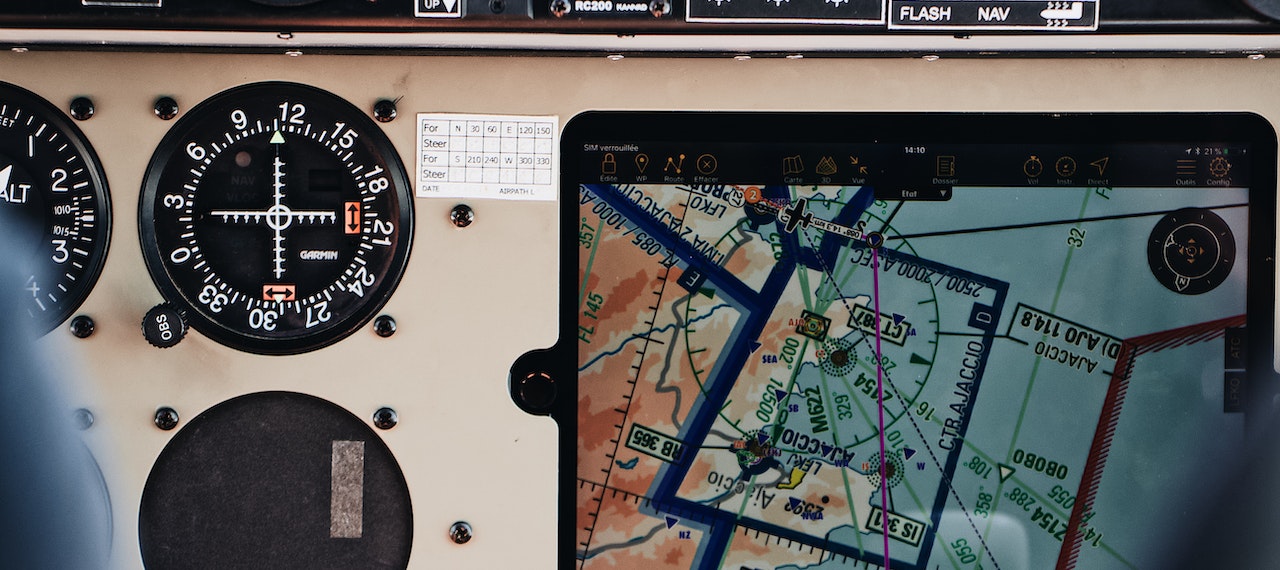
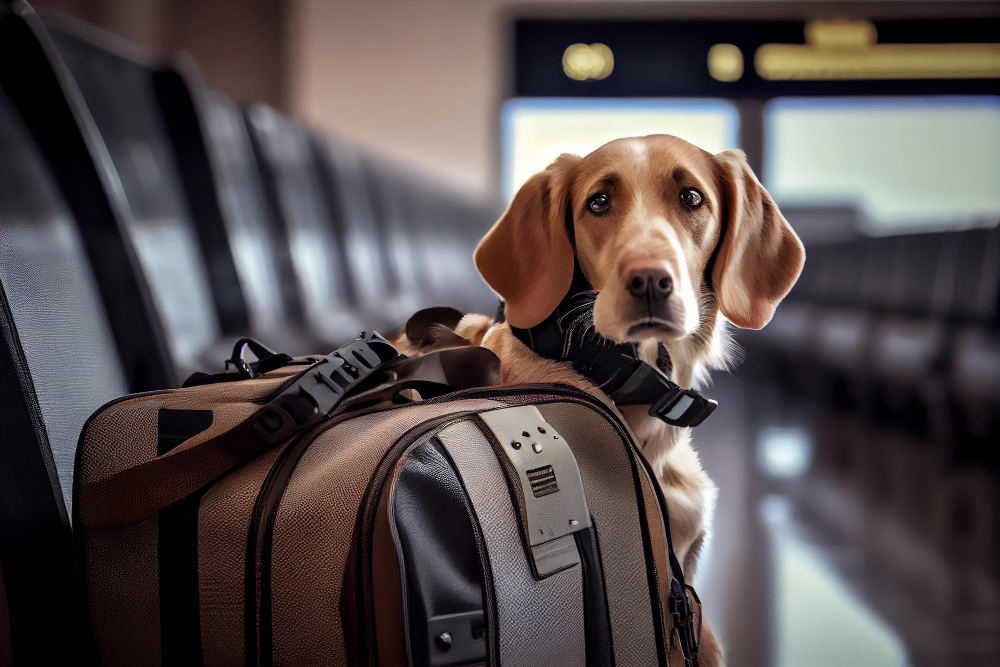
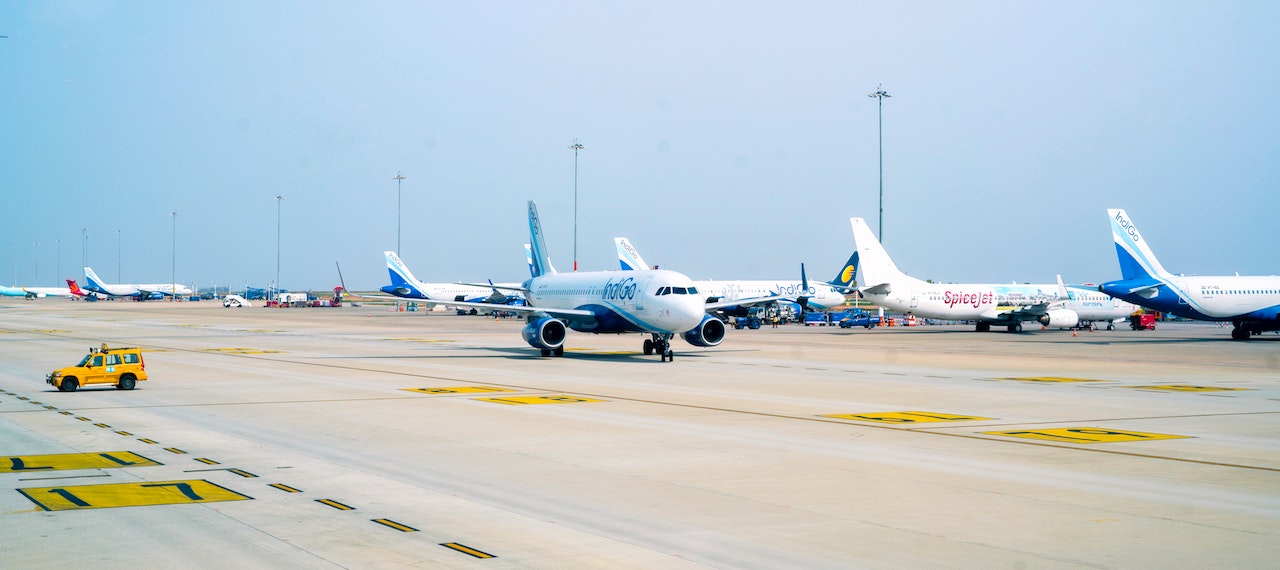
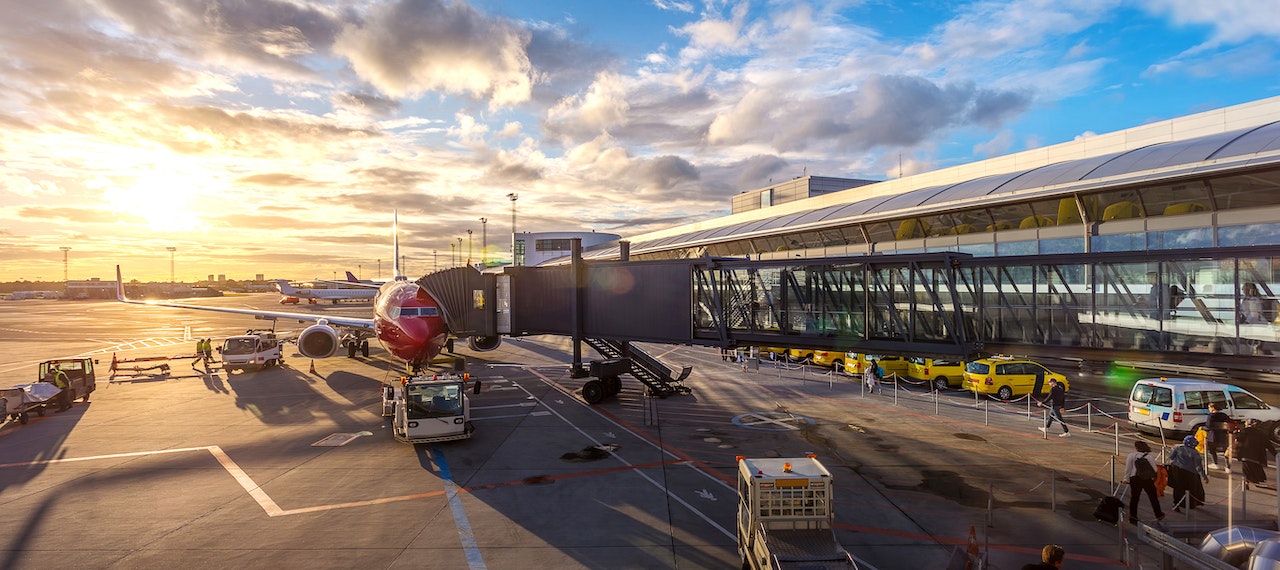
.jpg)
